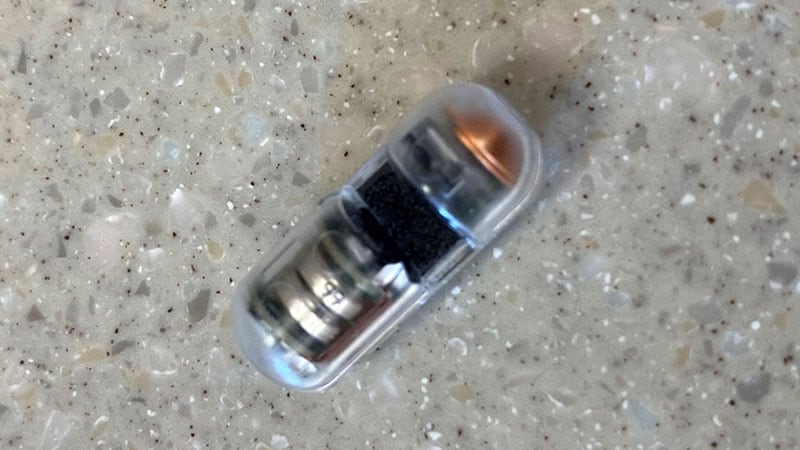The content discusses the effectiveness of a real-time, blood-sensing capsule in diagnosing upper gastrointestinal bleeding (UGIB) before endoscopy. The study highlights the safety, accuracy, and rapid deployment of the PillSense system, emphasizing its potential to impact patient outcomes positively. The capsule's ability to aid in triage and clinical decision-making is underscored, complementing the role of esophagogastroduodenoscopy (EGD) in patient care. Optical sensing technology enables the capsule to differentiate blood in the gut accurately, with high sensitivity and specificity. The study's results demonstrate the PillSense system's value in improving workflow and optimizing patient care pathways.
Összefoglaló testreszabása
Átírás mesterséges intelligenciával
Hivatkozások generálása
Forrás fordítása
Egy másik nyelvre
Gondolattérkép létrehozása
a forrásanyagból
Forrás megtekintése
www.medscape.com
Real-Time, Blood-Sensing Capsule Diagnoses UGIB in 7 Minutes
Főbb Kivonatok
by Becky Mccall : www.medscape.com 10-16-2023
https://www.medscape.com/viewarticle/997407
Mélyebb kérdések
